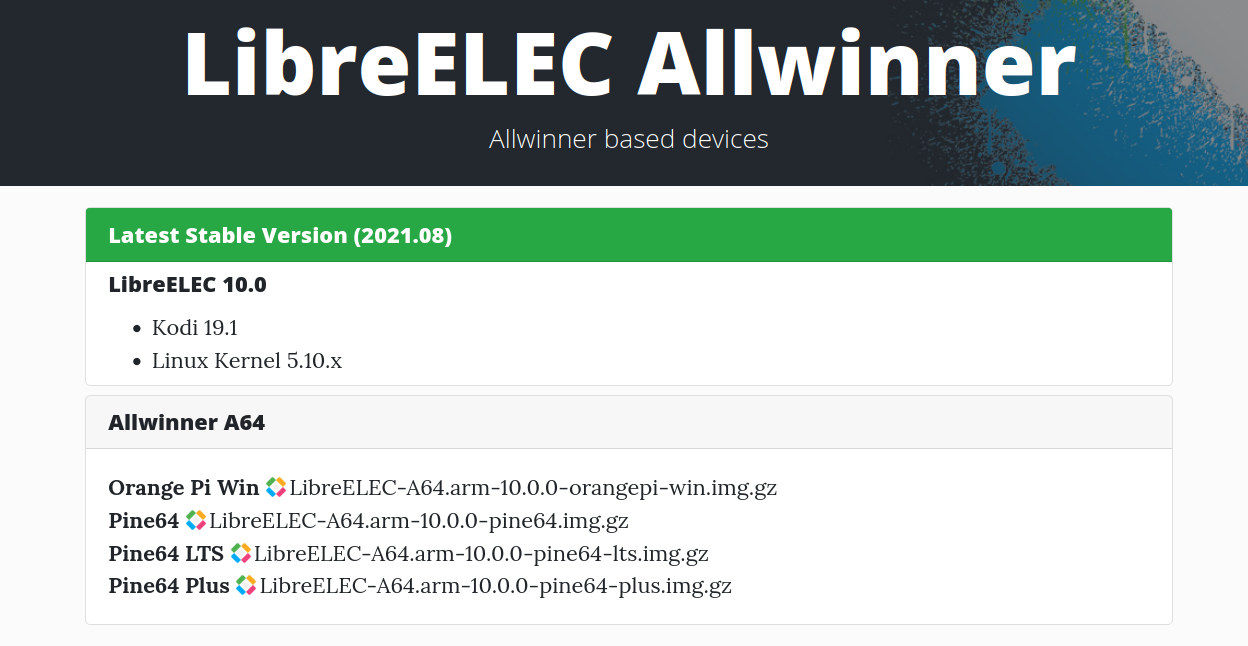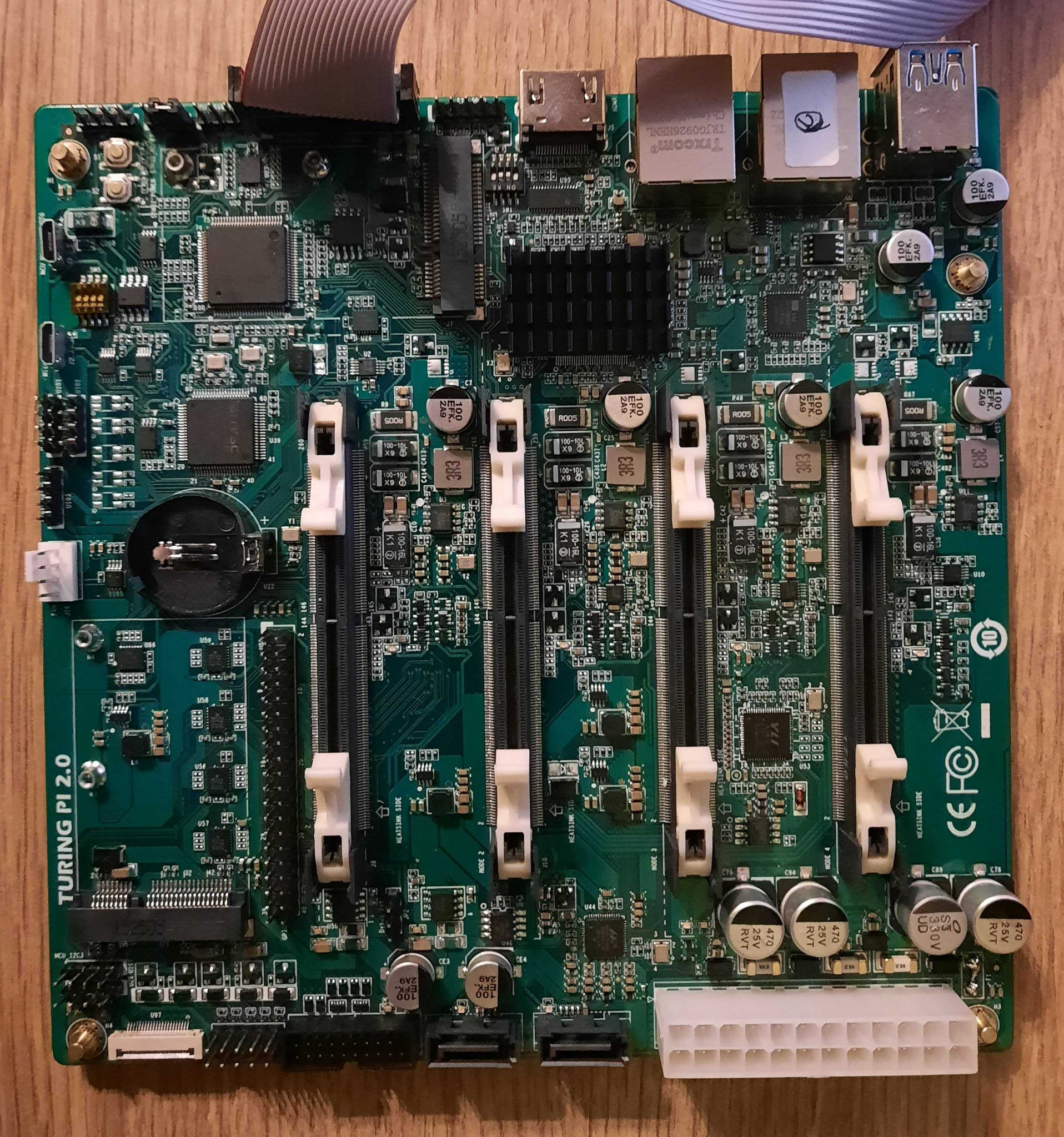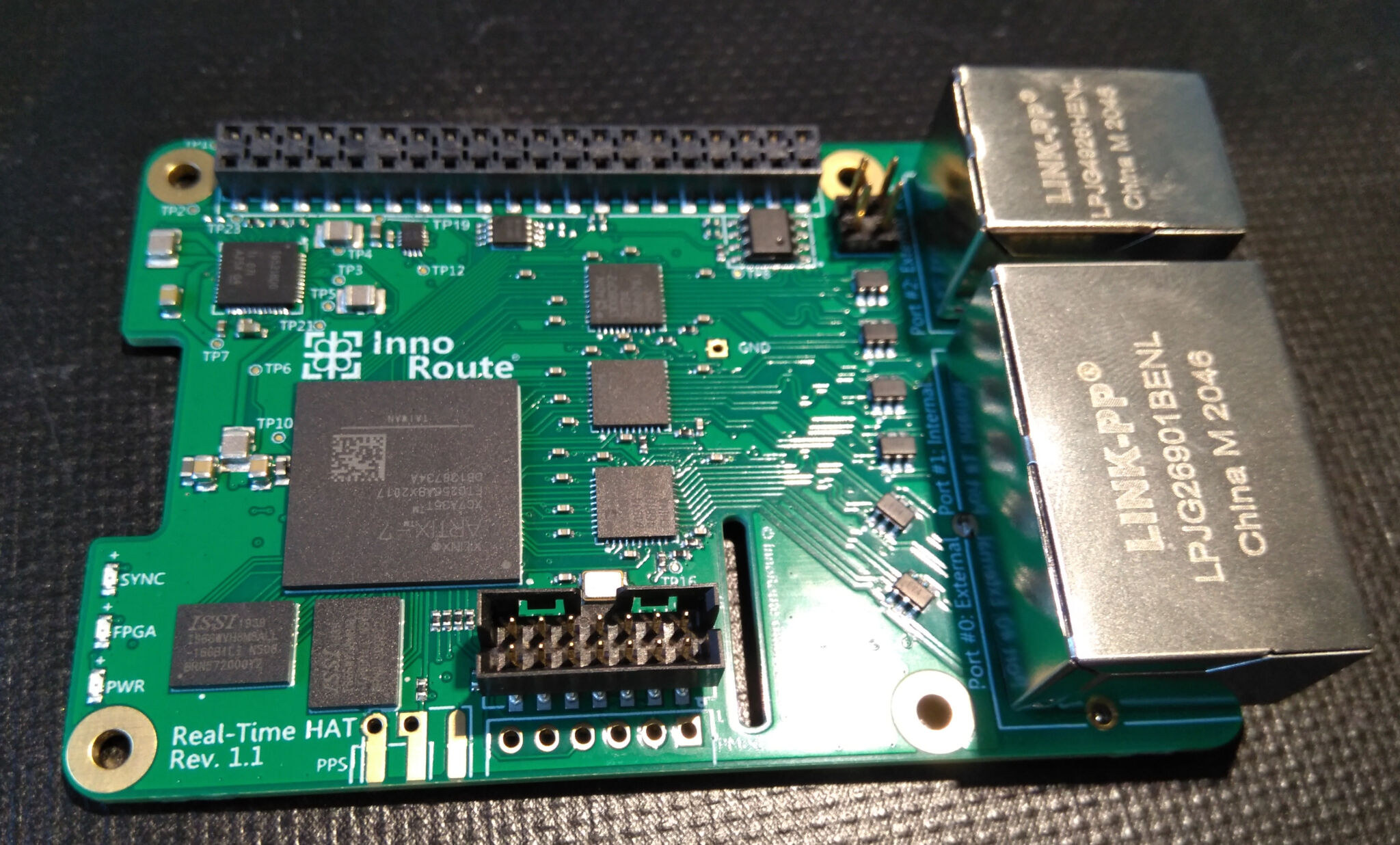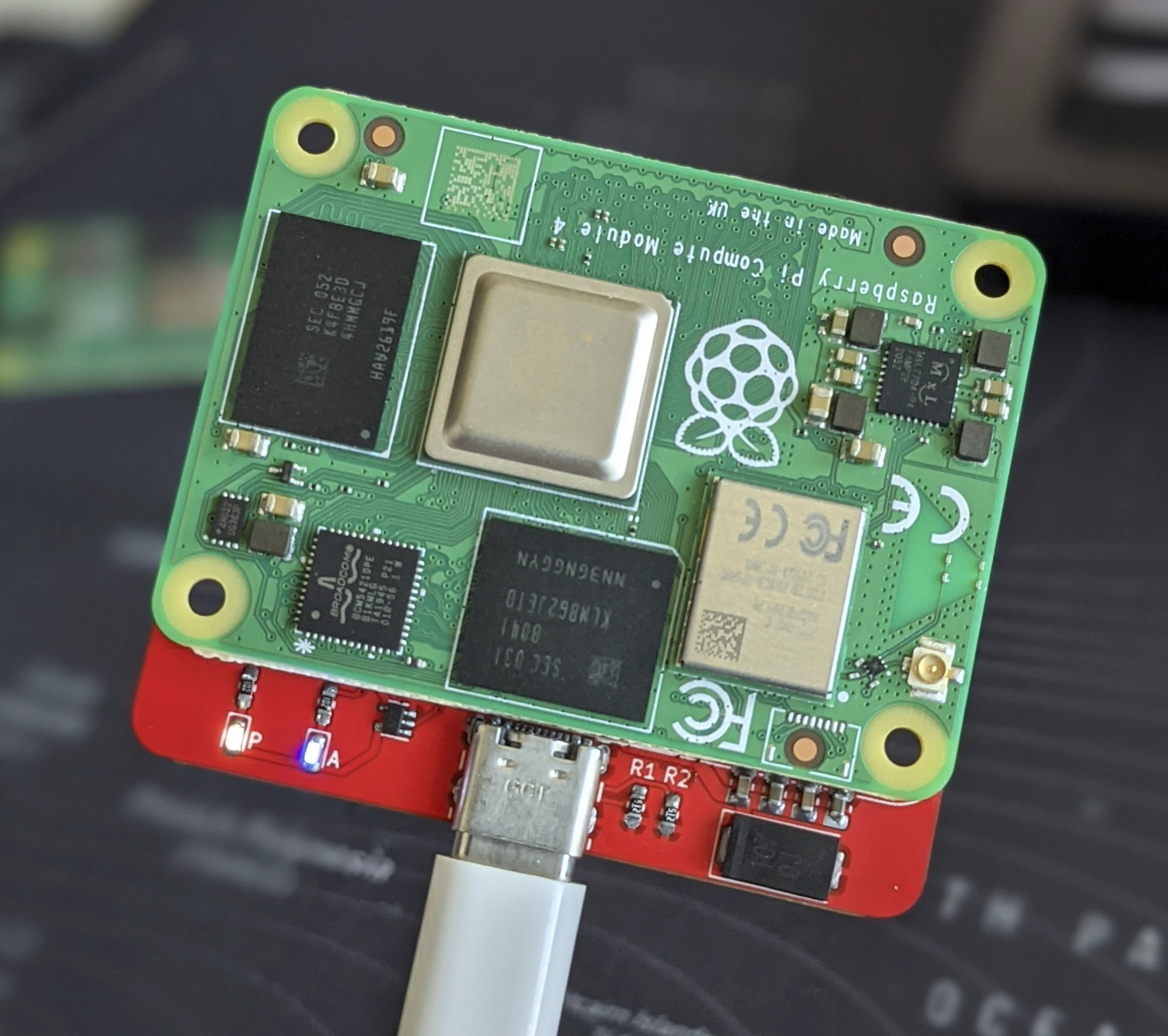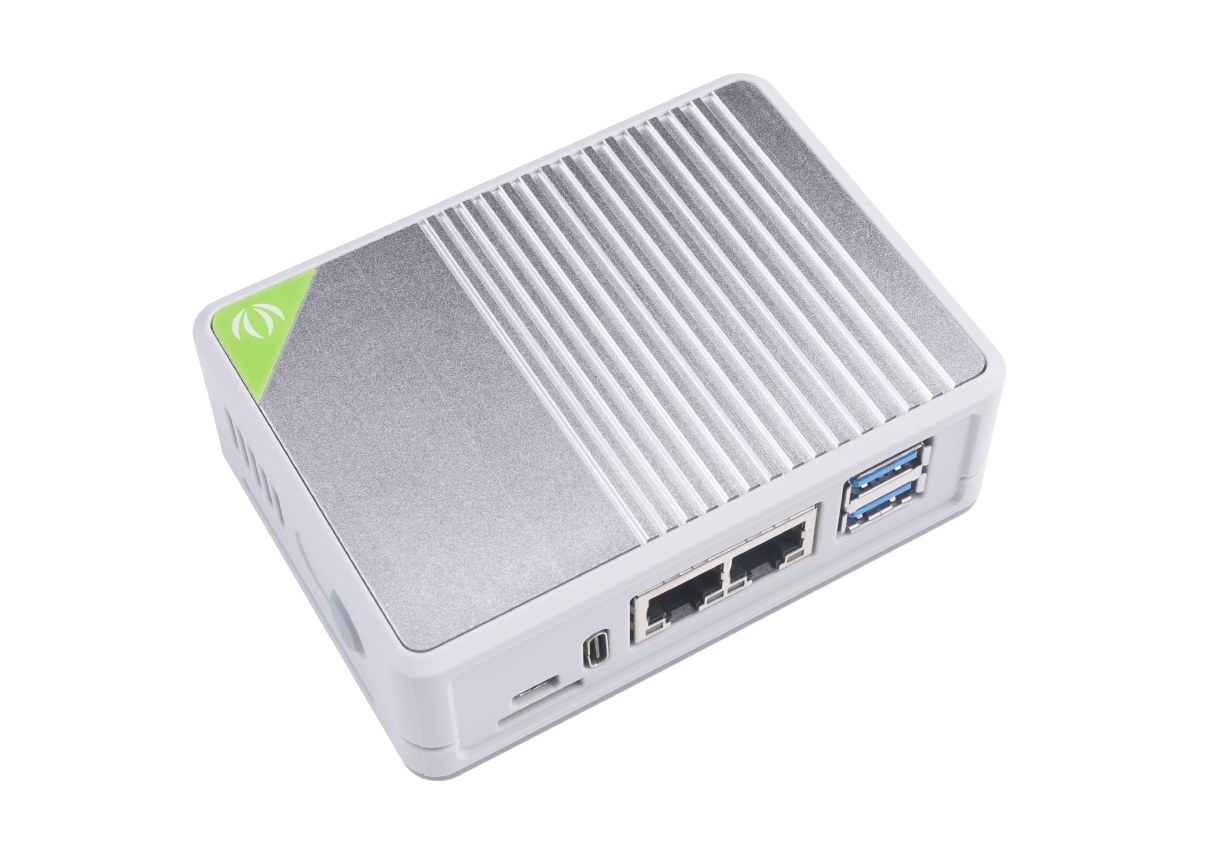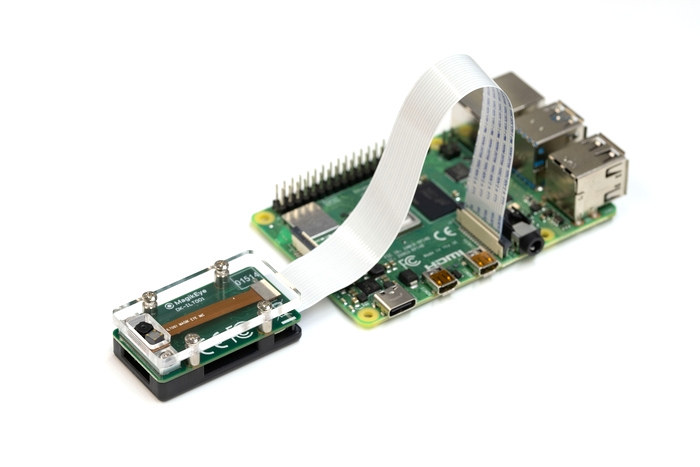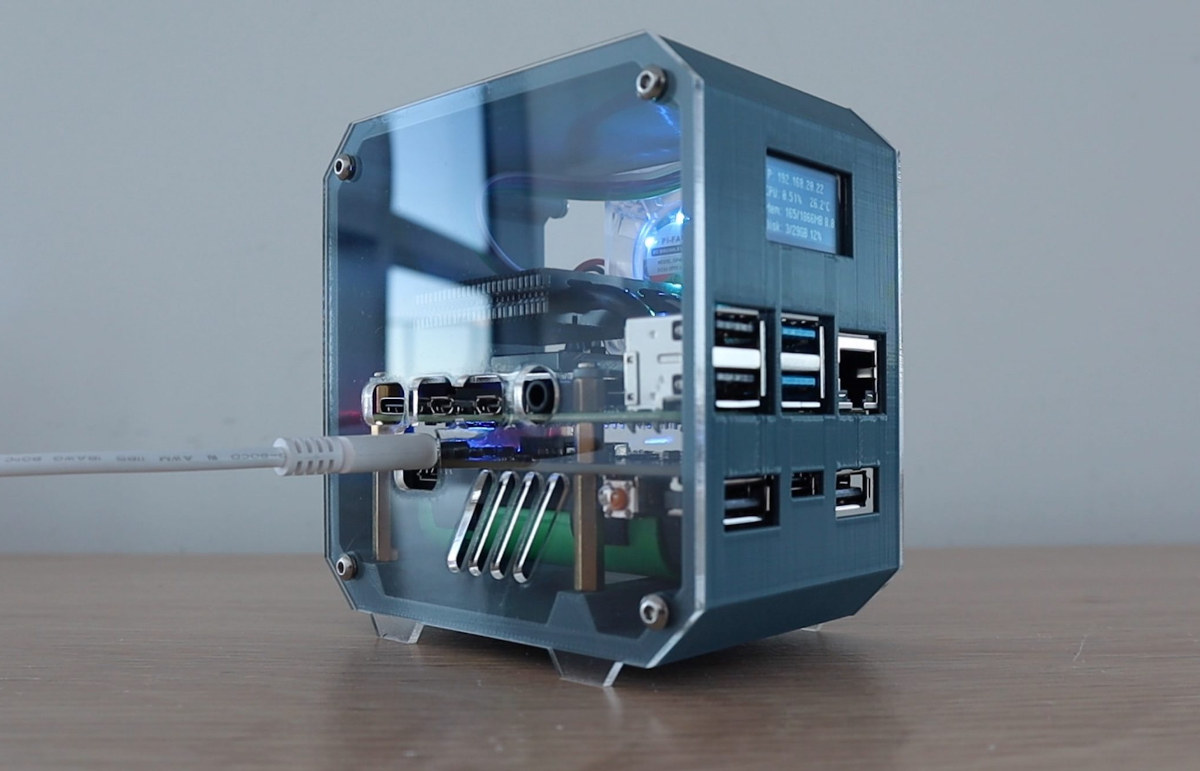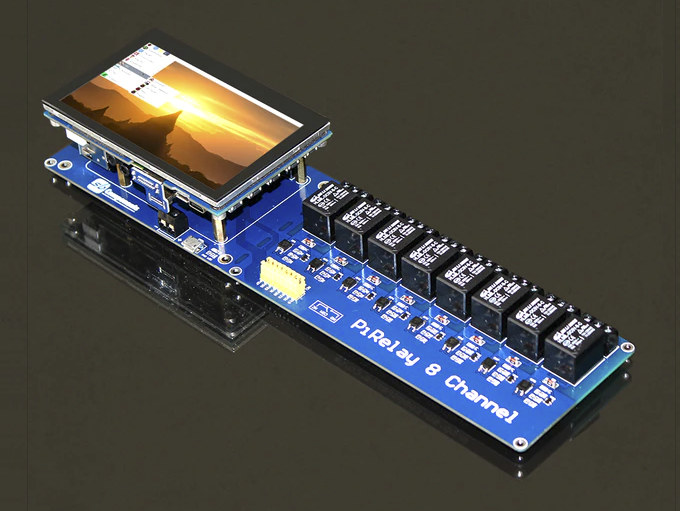While most TV boxes and SBCs nowadays ship with or support a version of Android, people who just want the best viewing experience may prefer to switch to a Linux distribution such as LibreELEC or CoreELEC. The good news is that LibreELEC 10.0 has just been released with Kodi 19.1 and Linux 5.10 LTS. LibreELEC 10.0 is said to work well for Allwinner, Rockchip, and “Generic” Intel/AMD devices, while the Raspberry Pi 4 release’s codebase is rather new, and there may still be a few rough edges. Support for the previous generation Raspberry Pi boards has been dropped, and there’s no support for Amlogic platforms as CoreELEC already provides good support. Since LibreELEC 10.0 is based on Kodi 19.1, it benefits from the same features as Kodi 19 “Matrix” release including AV1 video decoding, a new skin, HDR support, and more. LibreELEC 10.1 support a wide range of single board […]
Turing Pi V2 mini-ITX cluster board takes four Raspberry Pi CM4 or NVIDIA Jetson SoMs
The Turing Pi V2 is a mini-ITX cluster board that builds on the Turing Pi mini-ITX cluster board taking up to 7 Raspberry Pi Compute Modules introduced in 2019, but instead supports up to four Raspberry Pi CM4 (Compute Modules 4) or NVIDIA Jetson Nano/TX2 NX/Xavier NX SO-DIMM system-on-modules. The Turing Pi 2 board is equipped with two Mini PCIe sockets, two Gigabit Ethernet ports, two SATA III ports, four USB 3.0 ports, a 40-pin GPIO header, and a 24-pin ATX connector for power. Since board-to-board connectors – as found in Raspberry Pi Computer Module 4 – are not ideal for density, the company went with a design including 260-pin SO-DIMM connectors plus CM4 adapter boards, a design that allows them to also integrate other SoMs like the NVIDIA Jetson SO-DIMM modules. Turing Pi V2 specifications: SoM interface – 4x 260-pin SO-DIMM slot for up to four Raspberry Pi CM4 […]
Raspberry Pi 4 gets IEEE1588 Precision Time Protocol (PTP) with Real-Time HAT
InnoRoute Real-Time HAT adds IEEE1588 Precision Time Protocol (PTP) to Raspberry Pi 4/3 via a Xilinx Artix-7 FPGA and three Gigabit Ethernet ports. The Precision Time Protocol (PTP) is used to very accurately synchronize clocks throughout a computer network to enable measurement and control systems. It is often found in embedded microcontrollers or processors from Texas Instruments, STMicro, and more recently, in Intel Elkhart Lake & Tiger Lake H processors. It can notably be used for Time-Sensitive Networking (TSN) and Audio Video Bridging (AVB). InnoRoute Real-time HAT specifications & key features: FPGA- Xilinx Artik-7 FPGA Some RAM Networking Gigabit Ethernet port 0 with IEEE1588/TSN signaling Gigabit Ethernet port 1 with input from Raspberry Pi 4 Gigabit Ethernet port 2 with PoE, without TSN Host interface – 40-pin Raspberry Pi header mostly for SPI and I2C interfaces used for configuration. Misc – 3x LEDs, JTAG and PMod connectors, EEPROM (for Raspberry […]
MinCab is the smallest Raspberry Pi CM4 carrier board ever
Carrier boards for Raspberry Pi CM4 modules are all over the place for routers, NAS, industrial gateways, and more. Here’s another one with the Minimal Carrier Board for Raspberry Pi Compute Module 4, or MinCab, that powers the RPi CM4 module via a USB Type-C port. That’s about all it does, although you would also be able to access some GPIOs, 5V, 3.3V, and GND signals via pads on the carrier board. Specifically, eight GPIOs are accessible with IO14, IO15, IO2, IO3, IO4, IO12, IO13, and IO18. Ivan Kuleshov explains this can be useful for Smart Home systems for instance, but it could be anything that requires WiFI and/or Bluetooth connectivity, a powerful Linux capable processor (as opposed to something like ESP32), and a few I/Os. The MinCab might be a good alternative to the upcoming (and delayed) Raspberry Pi 4 Model A for people wanting to use Broadcom BCM2711 […]
Raspberry Pi Compute Module 4 mini router keeps cool with aluminum alloy cover
There are many hardware platforms based on Raspberry Pi CM4 system-on-module, but in most instances, only the baseboard is provided, and you have to handle mounting and/or make an enclosure by yourself. One of those boards was Seeed Studio’s “Dual Gigabit Ethernet Carrier Board for Raspberry Pi Compute Module 4”, which as the name implies, offers two Gigabit Ethernet ports, as well as two USB 3.0 ports, and a micro HDMI port for video output. I say “was” because the company has now designed a PC/ABS case with an aluminum alloy cover acting as a heatsink to keep the RPi CM4 module cool. Raspberry Pi Compute Module 4 mini router’s specifications: SoM – Raspberry Pi CM4 with up to 8GB RAM, 32GB eMMC flash, dual-band WiFi 5 and Bluetooth 5.0 module; replaceable by any Raspberry Pi Compute Module 4 Storage – MicroSD card slot (only accessible with RPi CM4Lite module) […]
MagikEye Developer Kit enables 120 fps 3D sensing on Raspberry Pi
MagikEye ILT001 developer kit (DK-ILT001) is a low-latency 3D sensing kit that connects to the Raspberry Pi’s MIPI CSI camera connector and features the company’s Invertible Light Technology (ILT) module with an infrared laser and a CMOS image sensor. The company says a “unique algorithm” developed in-house can generate 3D point cloud datasets acquired at high speeds (up to 120 fps) and with very low latency using simple hardware configuration. The kit targets researchers, students, and hobbyists working on machine vision, robotics, automated carriers, and other projects that can benefit from low-latency 3D sensing. MagikEye DK-ILT001 kit key features and specifications 850nm infrared light laser CMOS image sensor Range up to 1.5 meters (15 to 80 cm recommended) Compatibility – Raspberry Pi Zero W/3B/3B+/4 Power Supply – 3.3V (via MIPI Interface on Raspberry Pi) Power Consumption – 0.6W (average) Dimensions – 44 x 24 x 16 mm (within enclosure) Weight […]
DIY Raspberry Pi 4 mini server includes UPS and OLED information display
While the Raspberry Pi 4 SBC has greater multimedia capabilities, it can also be used for headless projects like mini servers or networked access storage (NAS). Michael Klements’ DIY Raspberry Pi 4 mini server is especially interesting as it’s cute, and includes a UPS to handle power failures, plus an OLED display to show information. Here’s the final result. Ideally, you’d need a laser cutter and a 3D printer like the Ender 3 Pro to make the case, but most of the parts are off-the-shelf components including: A Raspberry Pi 4 SBC together with a 32GB MicroSD card for the operating system 52Pi/GeeekPi UPS Plus module (about $25) plus one or two 18650 Lithium-Ion Cells A Low Profile Ice Tower for cooling, but you could probably switch to your own (passive) cooling solution and make the device slightly more compact A 128×64 I2C OLED Display A 5V/3A Power Supply Accessories […]
Relay expansion board for Raspberry Pi includes 4.3-inch touchscreen display (Crowdfunding)
There are plenty of multi-relay boards for Raspberry Pi, but since those are often combined with an HMI for control, SB Components decided to offer an all-in-one solution with an expansion board equipped with eight relays and a 4.3-inch touchscreen display connected to a Raspberry Pi via HDMI and USB. PiRelay 8 specifications: Relays 8x relays with 3.3V/5V trigger signal Input – 250V AC/7A, 30V DC/10A Screw terminal blocks NO (Normally Open) and NC (Normally Closed) modes available Isolation – EL357NC optocouplers with current transfer ratio (CTR) of 50-600% at IF=5mA, VCE=5V Display support – Optional 4.3-inch touchscreen display with 800 x 480 pixels resolution, HDMI input for video, USB for touchscreen support. It also comes with a 3.5mm audio jack, an HDMI audio output, a speaker connector, and mounting holes for the Raspberry Pi. 40-pin GPIO header to connect a Raspberry Pi SBC (Pi 4, Pi 3B+, Pi 3, […]


